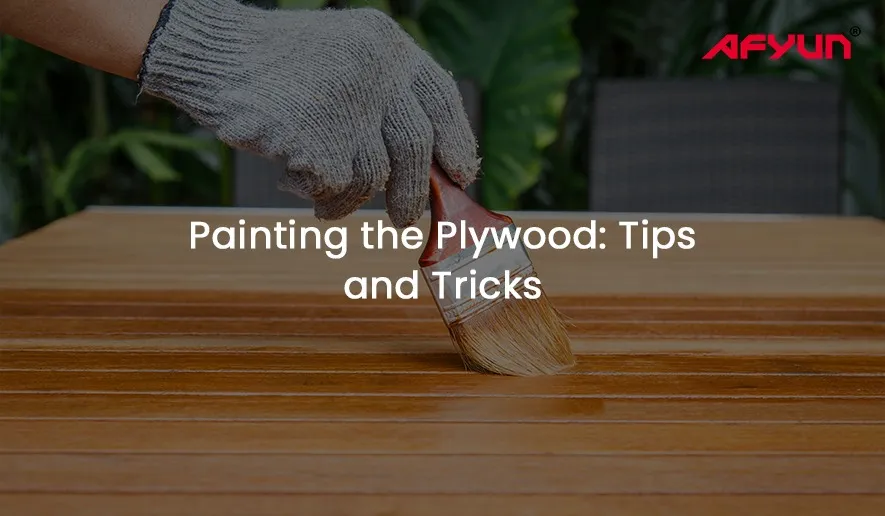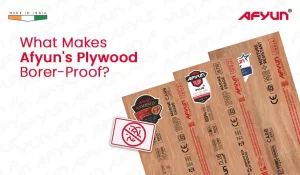Painting plywood is both an art and a practical skill.
Whether you’re looking to refresh a piece of furniture or finish a new construction project, the approach to painting this versatile material is crucial for achieving a professional look and ensuring the longevity of the paint job.
Let’s see how you can paint plywood perfectly.
Prepping the Plywood
Preparation is key in any painting project. Plywood has a porous surface that needs to be addressed before painting:
- Start by cleaning the plywood. Remove any dust, dirt, or grease with a damp cloth and a mild detergent if necessary. Let the surface dry completely.
- Sand the surface with medium-grit sandpaper (around 120-grit) to smooth out any rough areas or imperfections. Wipe down with a tack cloth to remove residual sawdust.
- If the plywood is new, consider priming it with an appropriate primer. This seals the porous surface and provides a uniform base for your topcoat.
Choosing the Right Paint
The type of plywood and its intended use will dictate the best paint to use.
- For interior projects, water-based acrylic-latex paints are often preferred for their easy cleanup and low fumes.
- For exterior projects, choose a paint that is specifically formulated for outdoor use to resist weather and UV damage.
- For areas that will endure heavy use, such as floors or countertops, consider an oil-based paint or a speciality paint with a harder, more durable finish.
Painting Techniques
The right techniques can make all the difference in achieving a smooth, even coat.
- Use a high-quality brush or roller. Brushes are better for edges and fine details, while rollers can quickly cover larger flat surfaces.
- Apply the paint in thin, even layers. It’s better to have multiple thin coats than one thick coat to prevent drips and uneven drying.
- Allow adequate drying time between coats as specified by the paint manufacturer.
Finishing Touches
A great paint job is protected and accentuated by a good finish.
- Once your final coat of paint is dry, you may want to apply a clear polyurethane sealer. This will protect the paint, particularly on surfaces like tabletops and floors.
- For extra durability or a high-gloss finish, consider sanding lightly between coats of sealer with fine-grit sandpaper (220-grit or higher).
Maintenance Tips
Maintain your painted plywood to keep it looking fresh longer.
- Clean painted surfaces regularly with non-abrasive cleaners to prevent dirt build-up.
- Touch up any chips or dings promptly to prevent moisture from penetrating and potentially warping the wood.
Winding Up
So, these are the tips up our sleeves for painting plywood.
The next time you want to paint plywood, you could consider these tips to get the job done with perfection.
Good luck.
Quick Links:
Plywood Price | Plywood Price in India | Calibrated Plywood Price | Gurjan Plywood | Fire Retardant Plywood | Waterproof Plywood | Marine Plywood Price










